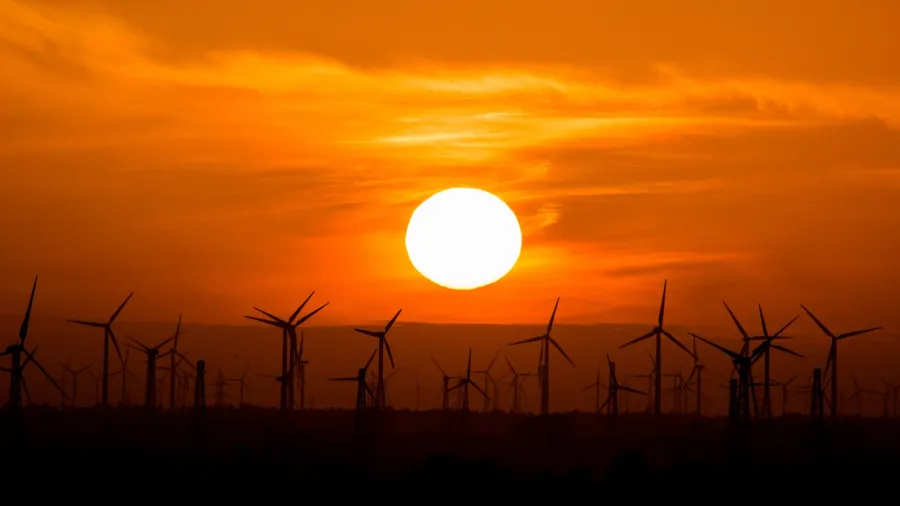
Wind market needs to train nearly half a million workers: GWEC
This is to safely meet market expansion expected in the next five years.
Nearly half a million workers in the global wind industry needs Global Wind Organisation (GWO) certified training over the next five years to meet global wind power market demand in line with health and safety standards, according to a report by the Global Wind Energy Council (GWEC).
The wind industry needs at least 480,000 to be trained to global standards to construct, install, operate and maintain the world’s growing onshore and offshore wind fleet.
Currently, the GWO training market, considered the global standard for wind workforce training, has the capacity to support the training needs of 150,000 workers by the end of 2021 and 200,000 by the end of 2022. But analysis in The Global Wind Workforce Outlook 2021-2025 finds that we will need at least 280,000 more trained workers to install the forecast 490 GW of new wind power capacity coming online over the next five years.
Of the 480,000 GWO trained workers required worldwide, 308,000 will be deployed to construct and maintain onshore wind projects and 172,000 are needed for offshore wind.
The report further said that over 70% of the new global workforce training demand will come from the 10 markets analysed in the report, including: Brazil, China, Japan, India, Mexico, Morocco, Saudi Arabia, South Africa, United States of America, and Vietnam. The markets analysed in the report were selected for regional diversity, as well as spanning the largest onshore wind markets globally, high-growth markets for onshore and offshore wind, and emerging wind markets.
According to GWO’s chief executive officer Jakob Lau Holst, there has been a lot of talks about how many GW’s of wind power will be needed to achieve net zero but there hasn’t been a discussion about the workforce needed to realize this ambition.
“Hundreds of thousands of people across the world, even throughout the COVID-19 pandemic, work on the turbines that power our economies and protect our planet, and it is crucial that we keep these people safe. Having GWO safety training standards is one of the most efficient ways to make sure our workforce is staying safe and that we have the people we need to accelerate the global energy transition,” Holst added.
Meanwhile, GWEC’s CEO Ben Backwell said that the wind industry needs to scale up to an unprecedented rate over the next decade to put the world on track to meet net zero.
“If ambition is scaled up to what it needs to be – three or four times current market forecasts – the workforce training requirements will be far higher than what was found in this report. To meet this challenge, we need to prepare now for the workforce of the future, and this means training hundreds of thousands of workers across the world to be part of one of the fastest-growing industries. But we need to ensure this workforce is trained to the highest global standards to ensure the health and safety of all,” said Backwell.
GWEC said that in the next five years, the wind energy industry will generate 3.3 million jobs globally.

















 Advertise
Advertise






